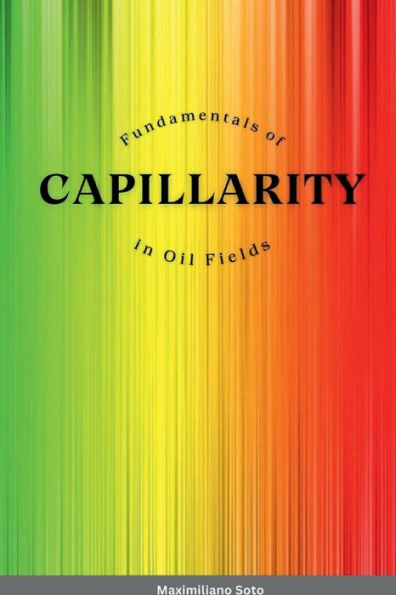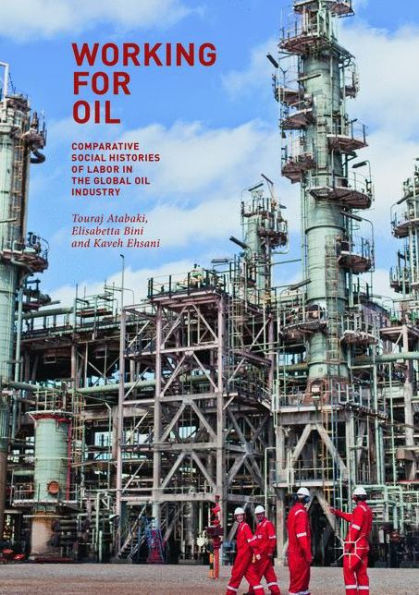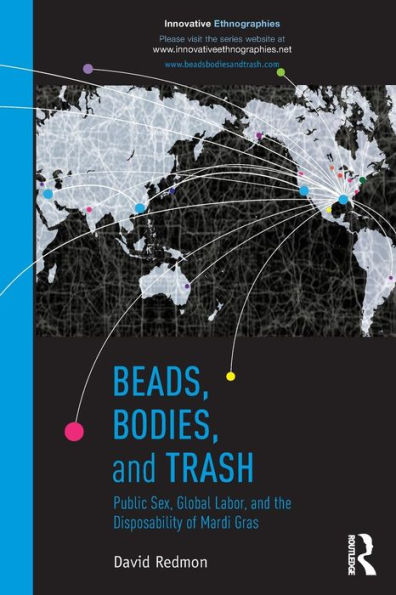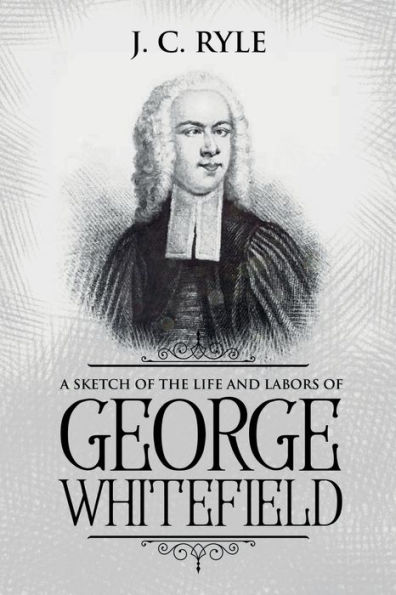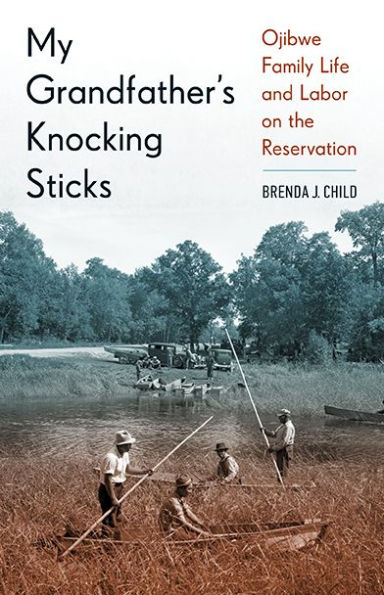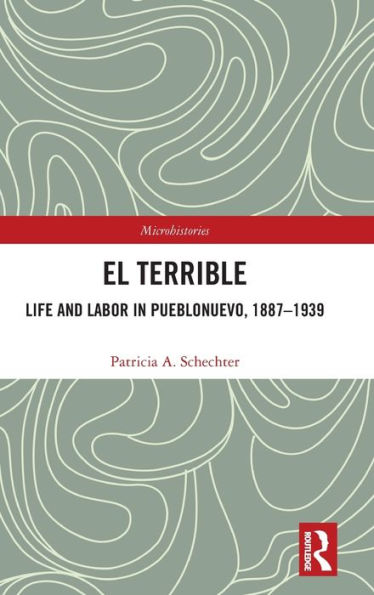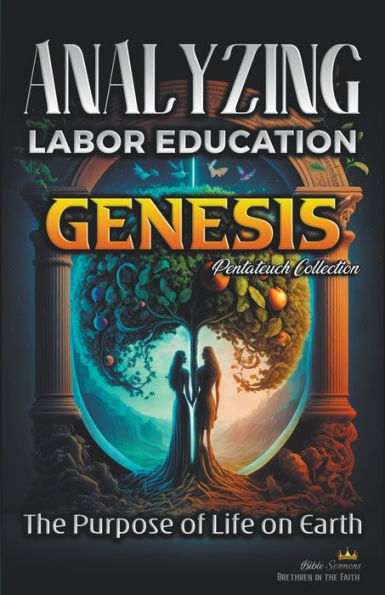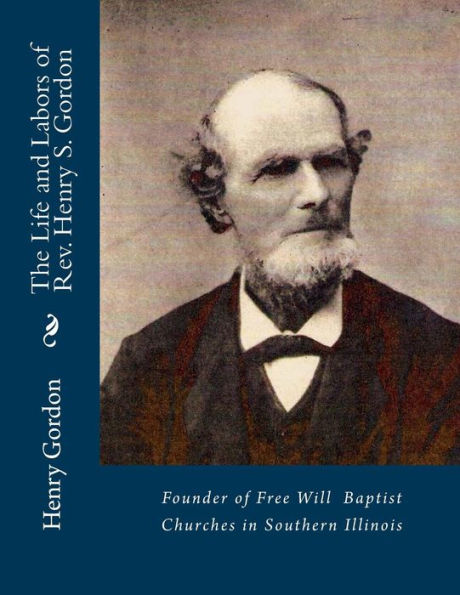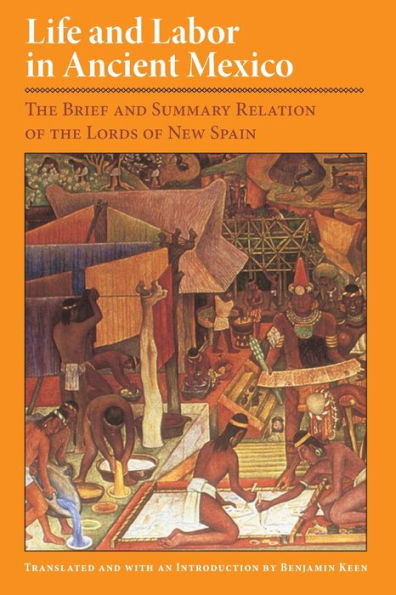Home
Oilfield Trash: Life and Labor in the Oil Patch
Barnes and Noble
Oilfield Trash: Life and Labor in the Oil Patch
Current price: $19.95
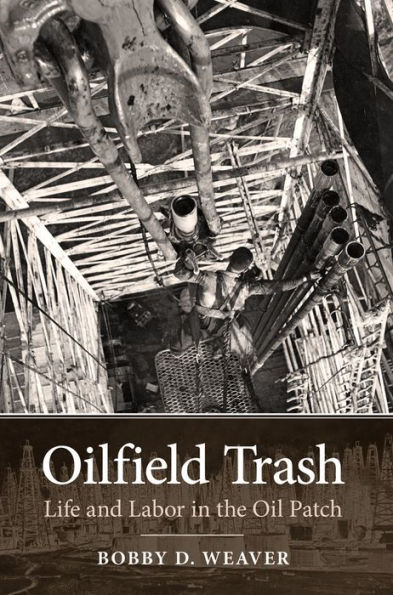

Barnes and Noble
Oilfield Trash: Life and Labor in the Oil Patch
Current price: $19.95
Size: OS
Loading Inventory...
*Product information may vary - to confirm product availability, pricing, shipping and return information please contact Barnes and Noble
When the first gusher blew in at Spindletop, near Beaumont, Texas, in 1901, petroleum began to supplant cotton and cattle as the economic engine of the state and region. Very soon, much of the workforce migrated from the cotton field to the oilfield, following the lure of the wealth being created by black gold.
The early decades of the twentieth century witnessed the development of an oilfield culture, as these workers defined and solidified their position within the region’s social fabric. Over time, the work force grew more professionalized, and technological change attracted a different type of laborer.
Weaver tracks the differences between company workers and contract workers. He details the work itself and the ethos that surrounds it. He highlights the similarities and differences from one field to another and traces changing aspects of the work over time. Above all, Oilfield Trash captures the unique voices of the laboring people who worked long, hard hours, often risking life and limb to keep the drilling rigs “turning to the right.”
The early decades of the twentieth century witnessed the development of an oilfield culture, as these workers defined and solidified their position within the region’s social fabric. Over time, the work force grew more professionalized, and technological change attracted a different type of laborer.
Weaver tracks the differences between company workers and contract workers. He details the work itself and the ethos that surrounds it. He highlights the similarities and differences from one field to another and traces changing aspects of the work over time. Above all, Oilfield Trash captures the unique voices of the laboring people who worked long, hard hours, often risking life and limb to keep the drilling rigs “turning to the right.”
